In today's comparison, we are going to talk about two smartphones of the highest range in the market. The first is the Samsung Galaxy S7 Edge, one of the most appreciated and sold smartphones of the year 2016. For many, it is the perfect smartphone. It has almost everything and the Korean manufacturer has focused on offering the maximum in each function (above the numbers). On the other hand, we have the OnePlus 3T, the new model that the Chinese company has presented as an improved version of the OnePlus 3, but here it changes the hardware, with improvements in the internal chip and a battery of greater capacity.
As always, before starting the analysis of each section, we will summarize the most important specifications of both smartphones, through the following scheme at a glance.
Samsung Galaxy S7 Edge vs OnePlus 3T: Features
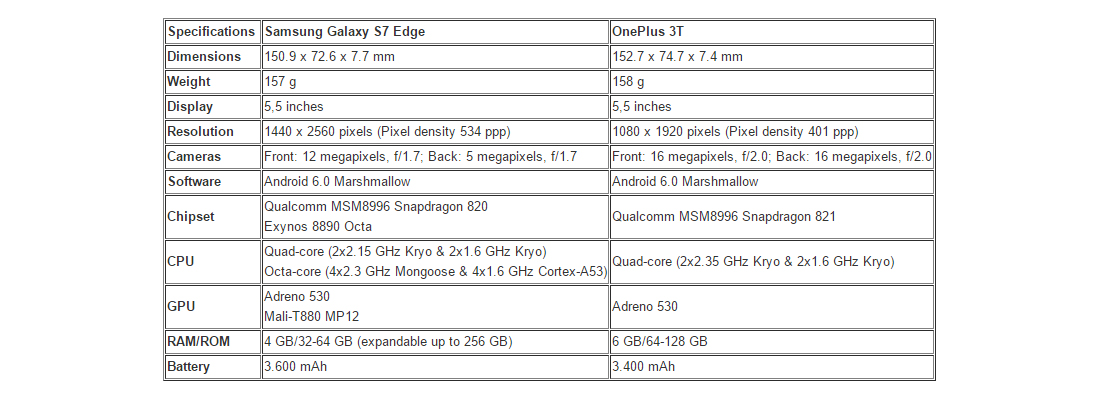
Samsung Galaxy S7 Edge vs OnePlus 3T: Design
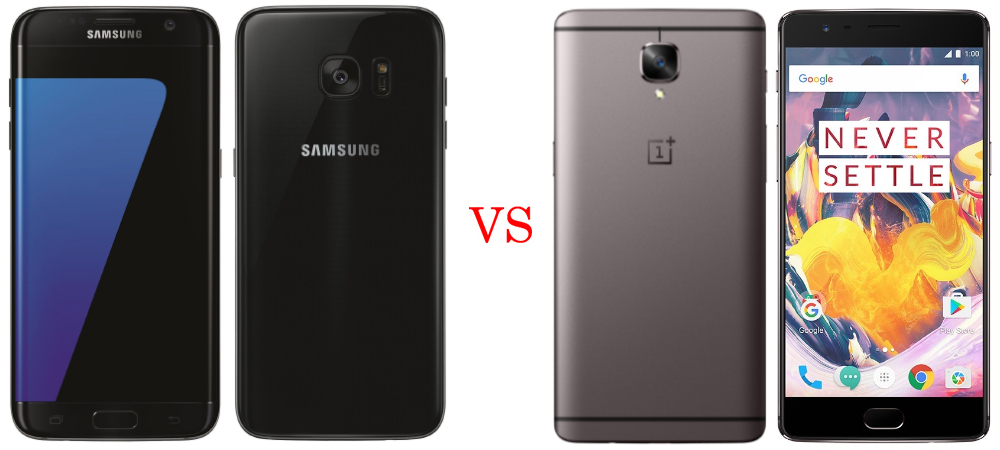
The Samsung Galaxy S7 Edge has a glass and metal design for both the back and the front. We speak of an elegant device and whose curved display on both sides gives a unique touch of class and quality. In addition, it incorporates IP68 certification, giving it the highest possible degree of water and dust resistance. It can submerge up to one meter deep, up to a maximum of 30 minutes. Aesthetically, the Samsung Galaxy S7 Edge has a touch of sophistication that few opponents have.
The OnePlus 3T, with its 158 grams of weight, is lighter than the previous generations developed by OnePlus. The anodized aluminum body measures 7.35 mm thick and has a minimalist and attractive design. The dedicated speaker finds space above the screen and is flanked by the front camera and the left lens for notification of LED light. The materials and design make it easy to hold and all details have been taken care of, something you can expect from a true high-end smartphone. The keys are easy to access and overall it is aesthetically elegant.
However, the OnePlus 3T is not as elegant as the Samsung Galaxy S7 Edge, which also differentiates itself from its rival by having the IP68 certification.
Samsung Galaxy S7 Edge vs OnePlus 3T: Display
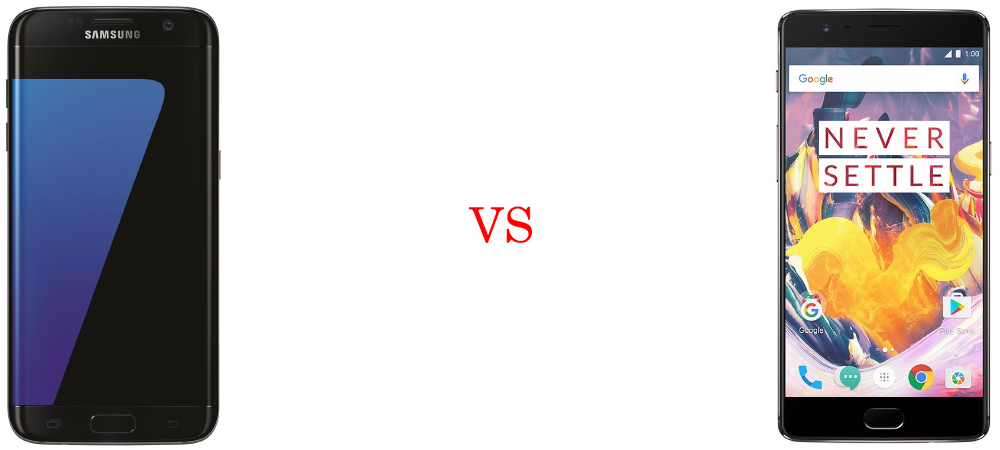
The Samsung Galaxy S7 Edge has a 5.5 inch screen with a Quad HD resolution of 1440 x 2560 pixels. This means that the level of detail is literally immense. An image resolution that gives the best of itself, both for movies and games, also with virtual reality. The colors are very bright thanks to AMOLED technology. It has night mode, Always-On mode (to view notifications directly from the lock screen) and all color profiles (including also sRGB, for those who want more natural colors).
The OnePlus 3T has a 5.5 inch screen with Full HD resolution (1920 x 1080 pixels) and AMOLED optical technology. This results in excellent color, brightness and automatic adjustment of the latter, although the level of detail is lower (to a degree that few will notice, but still important). Also includes night mode, Always-On mode and more natural color profiles. There is still a green tendency to tilt the cell phone, something very common in other terminals equipped with AMOLED panels.
In any case, the Samsung Galaxy S7 Edge is better, basically because it is Samsung who manufactures and produces such screens.
Samsung Galaxy S7 Edge vs OnePlus 3T: Camera
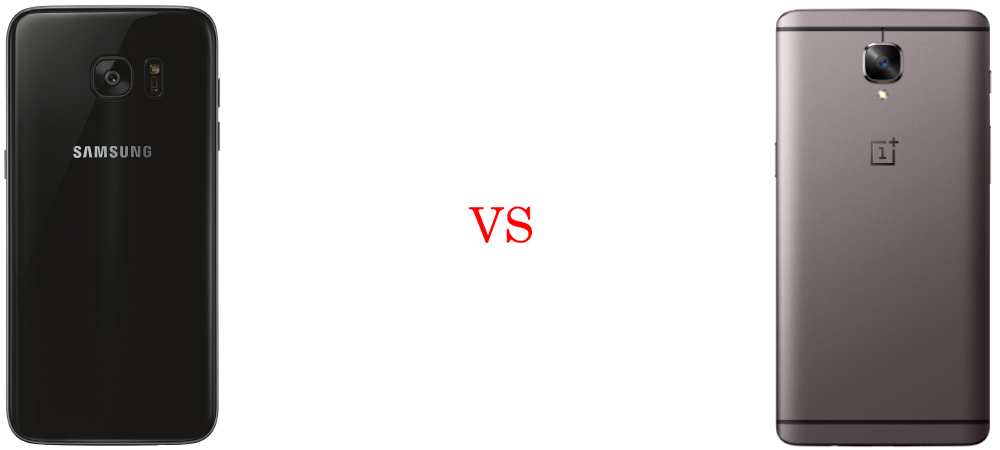
The Samsung Galaxy S7 Edge has two cameras with a resolution of 12 megapixels on both sides (and aperture f/1.7), and in both cases is one of the best on the market. Despite the lower number of megapixels, this is a camera that works at a higher level, especially since it uses Dual Pixel technology that captures large amounts of light and a high definition in every shot.
The OnePlus 3T has a 16 megapixel main camera with f/2.0 aperture. It has new software that allows a new stabilization of video, in symbiosis with the optical. The video is recorded in 4K quality, although the results are not as remarkable as expected (not only compared to the Samsung Galaxy S7 Edge). Of course, any photo taken is fast and accurate, thanks to the autofocus in the photographs, and certainly also thanks to the automatic HDR.
But again, the Samsung Galaxy S7 Edge prevails with a photographic section of superior quality (with a focal aperture so small that the capture of light is another point in its favor).
Samsung Galaxy S7 Edge vs OnePlus 3T: Software
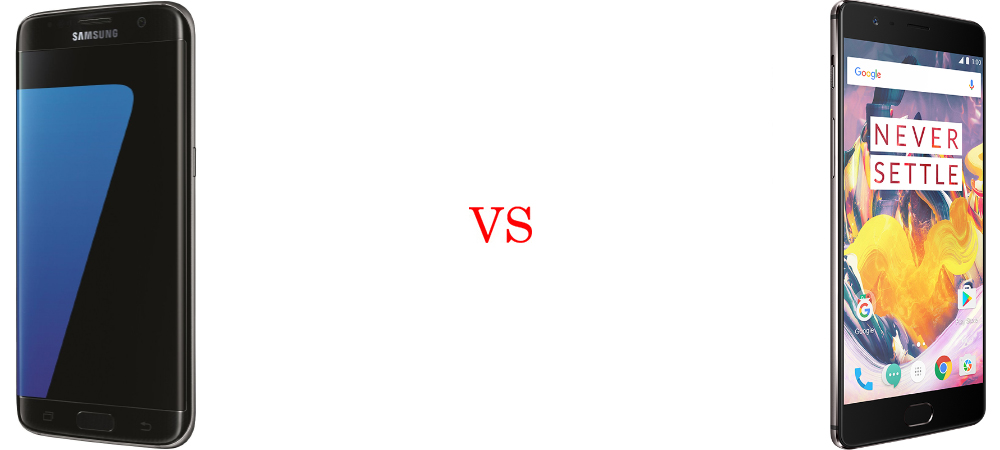
Samsung had chosen for this Galaxy S7 Edge the version Android 6.0.1 Marshmallow, modified to meet the particular requirements of the TouchWiz interface, slightly revised for this device. From the beginning, the personalization layer offers a good reorganization of the elements and the options in favor of a less dispersion. In addition we find Galaxy Labs, a tool that allows (if the user wishes) to eliminate the entire application drawer. In addition, the Korean manufacturer has announced that the official update for the Android 7.1.1 Nougat operating system will arrive in January.
In the case of OnePlus 3T, the software does not change with respect to OnePlus 3, but at the same time changes completely. This is: Android 6.0.1 Marshmallow with OxygenOS 3.5.1. This is one of the best interfaces for Android smartphones. It remains a great personalization and has now expanded with new possibilities, such as the inclusion of a timer for on and off and the ability to customize the operation of the physical volume button. Many people expected that the release of the update of the Android Nougat operating system will begin at the end of 2016, although for now it is still in beta. In any case, the update is confirmed by the Chinese company.
In view of which, we will give by tie the result of this section, since in both cases they have the same operating system and with different functions, although quite successful in both cases. Although if someone insisted on it, the truth is that the graphical interface of OnePlus 3T is more enjoyable to see and use (despite being more accustomed to using the Samsung customization layer).
Samsung Galaxy S7 Edge vs OnePlus 3T: Hardware
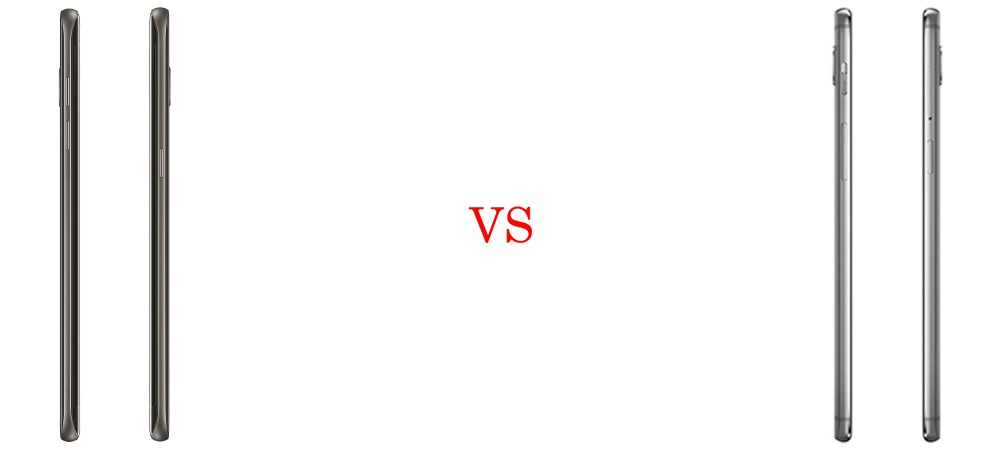
The Samsung Galaxy S7 Edge has an Exynos 8890 octa-core processor under the housing that runs at a 2.3 GHz clock rate, along with 4 GB of RAM and 32 GB of internal storage expandable with microSD. Again, this performance is exceptional and the user will not experience any problem with any application, however heavy, in multiple tasks.
The OnePlus 3T features the new Snapdragon 821 quad-core at 2.35 GHz with Adreno 530 GPU. Inside there are 6 GB of RAM and 64 GB storage non-expandable with UFS 2.0 technology. For this reason, it has also introduced a new version with 128 GB of internal memory. The company claims to have rewritten the file system for faster opening of applications and games than its predecessor, the OnePlus 3.
In this comparison, victory tends toward the OnePlus 3T: the size of RAM is really impressive, the processor is smoother too, and of course the amount of internal memory to compensate the absence of a microSD slot.
Samsung Galaxy S7 Edge vs OnePlus 3T: Battery Life
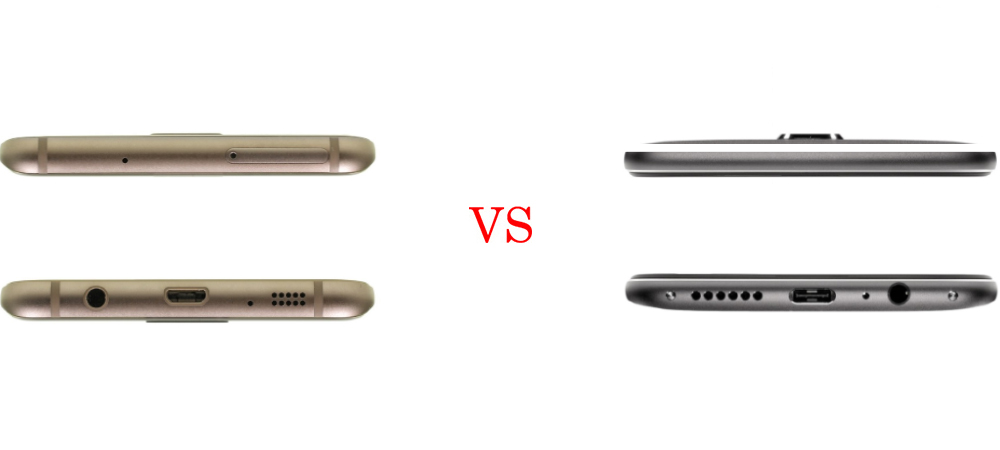
The Samsung Galaxy S7 Edge has a battery of 3,600 mAh, really interesting capacity, further enhanced by the Korean company to meet the high consumption of the Quad HD display. Although for many it may seem like a small number, in fact this smartphone is optimized for greater efficiency, as much by the use of Doze as by the performance of the processor.
The OnePlus 3T has a battery of 3,400 mAh, a capacity inferior to that of its rival. As for the life, there is a definite advance against the previous model, gaining about an hour of more use. It incorporates the technology of fast charging Dash Charge, that during this phase does not have impact in the temperature of the cell phone (and therefore in the performance).
Despite the increased battery life, the OnePlus 3T has a lower consumption than the Samsung Galaxy S7 Edge. That is, it lasts longer than its opponent, and also has a fast charging system that sets the difference compared to the technology Quick Charge 2.0 of the Galaxy S7 Edge.